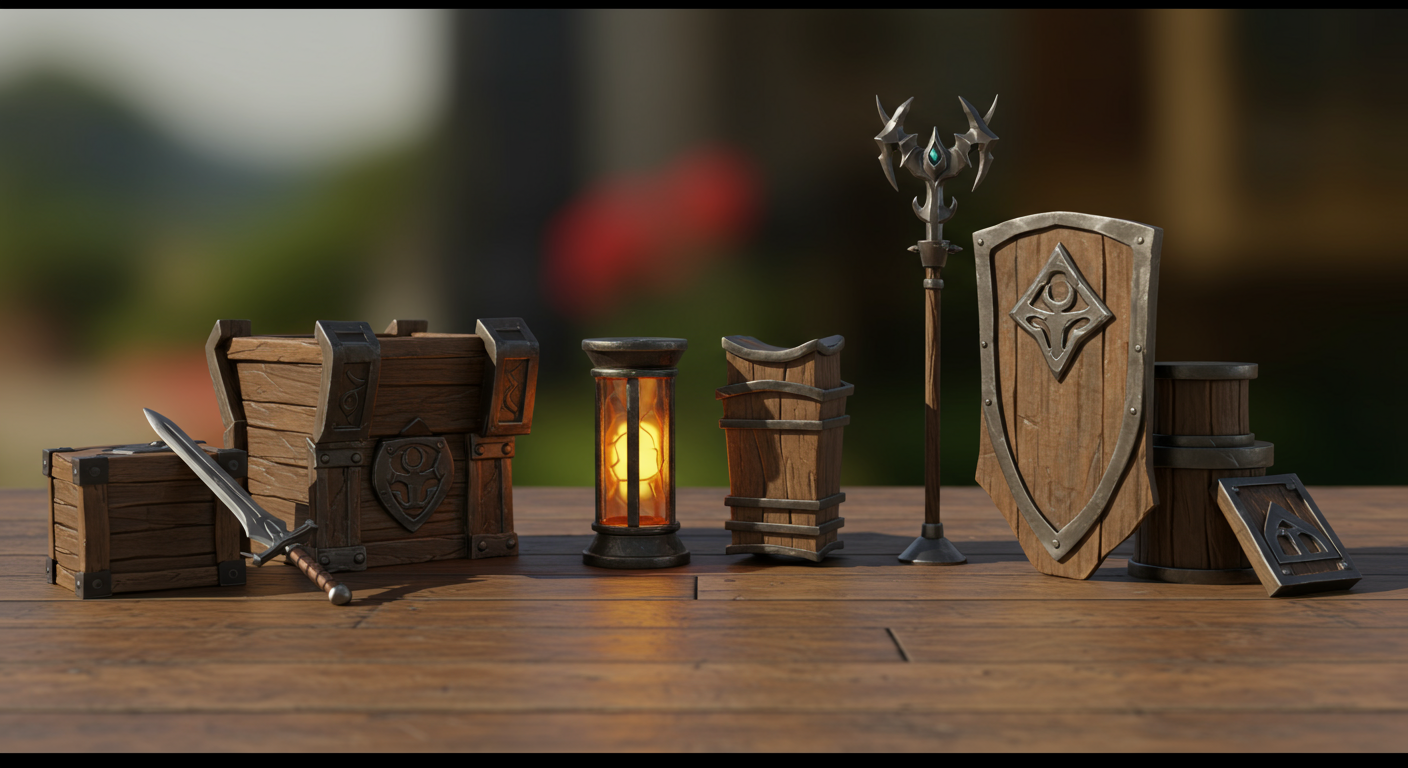Creating great 3D assets is often a team sport. Whether you're a solo developer getting feedback from a friend or part of a large studio, sharing your work is a crucial part of the creative process. At Sloyd, we understand that seamless collaboration is key to bringing ideas to life, which is why we've built powerful and intuitive sharing features directly into the platform.
Forget clunky file transfers and version control headaches. Let’s explore how you can share your custom models and streamline your team's workflow using Sloyd.
Instant Previews with Sharable Links
The fastest way to get a second pair of eyes on your creation is with a sharable link. This feature, available in our Template Editor, is perfect for quick feedback and rapid iteration.
Here’s how it works:
- Once you've customized a model, simply click the "Share" button located in the top-right corner of the editor.
- Sloyd will instantly generate a unique link to your model.
- Send this link to anyone on your team. They can open it in their browser to view the model in 3D without needing to log in or download anything.
The best part? Your collaborators can even tweak the model's parameters themselves and share a new link back to you with their proposed changes. This creates a frictionless feedback loop that keeps your project moving forward.
Robust Team Workflows with JSON Files
When you need a more permanent or integrated way to share assets, Sloyd’s JSON import/export feature is your best friend. This method is ideal for building a shared library of custom templates for your team or for versioning your assets with tools like Git.
Instead of just sharing a view, exporting a JSON file saves the entire configuration of your customized parametric model. Think of it as the recipe for your creation.
To use it, simply export the .json file for your model. A team member can then drag and drop that file directly into their Sloyd editor, and your exact custom model will appear, ready to be used or further modified. This is the perfect way to ensure everyone on the team is working with the same approved assets, maintaining consistency across your project.
From Collaboration to Final Export
Sharing within Sloyd is just the beginning. Once your model is finalized, exporting it for use in your game engine, 3D printing software, or design tool is just as easy. The Template Editor supports common formats like GLB, OBJ, and STL, ensuring compatibility with your existing pipeline.
This collaborative spirit extends to our AI tools as well. Models generated with Image-to-3D or Text-to-3D can also be easily exported, making every part of your creation process shareable. You can even take a quick 2D snapshot of your model from the Template Editor using the camera icon—perfect for creating presentations or documentation for your team.
By combining simple link sharing, powerful JSON workflows, and versatile export options, Sloyd provides a complete ecosystem for 3D asset creation and collaboration.





